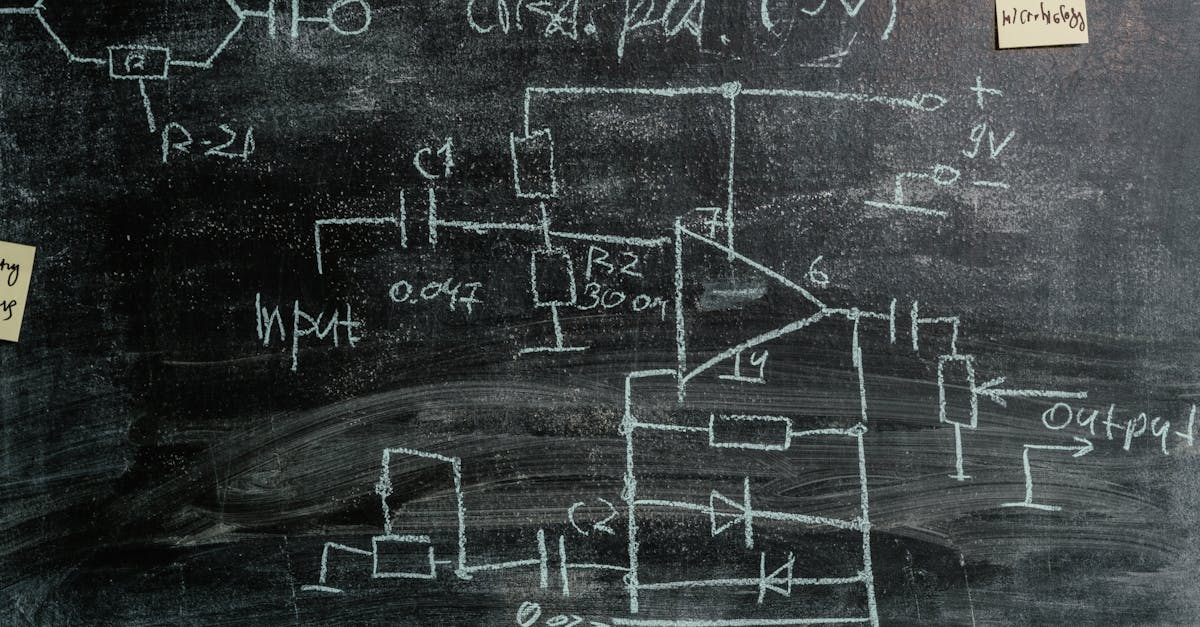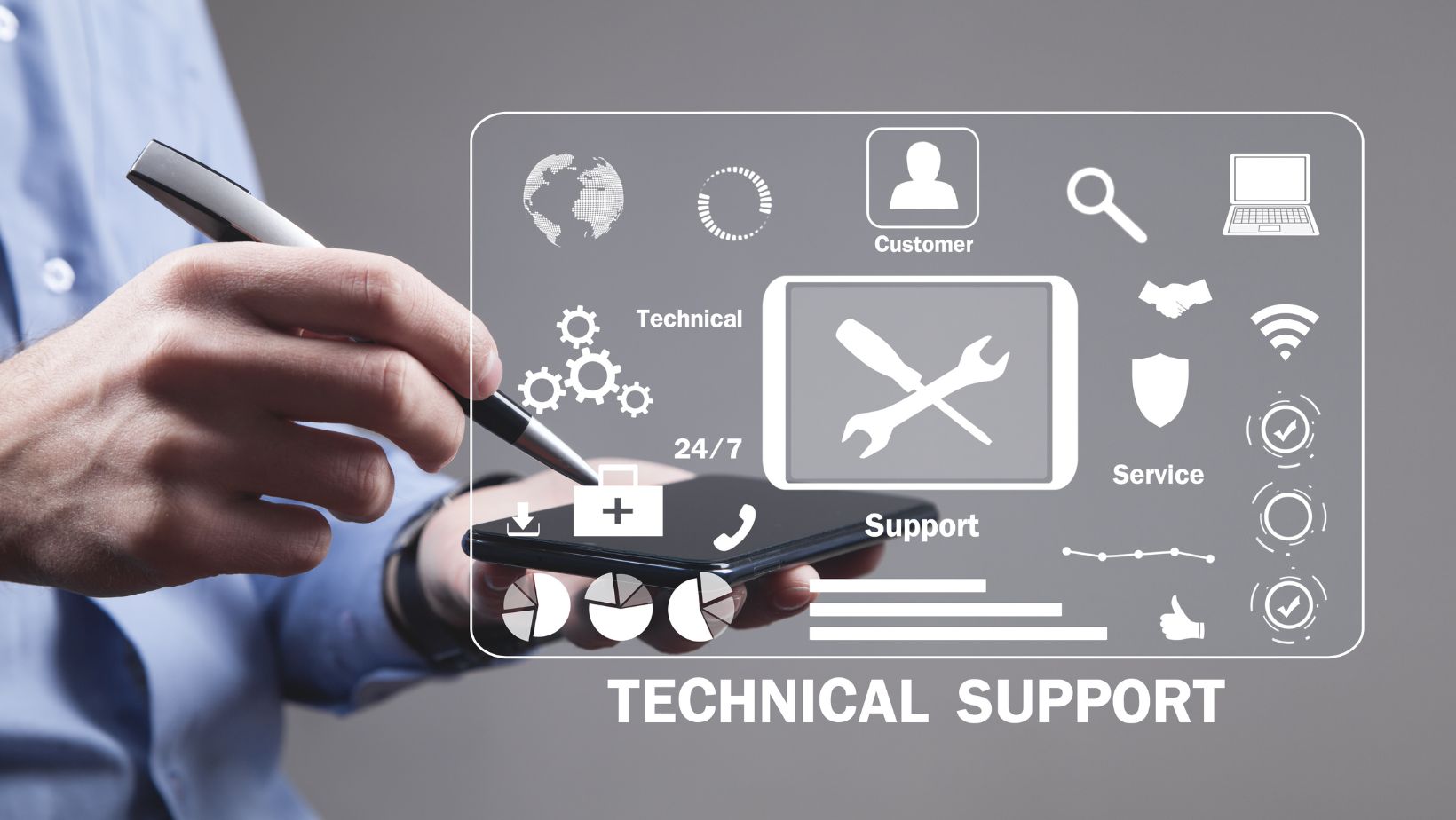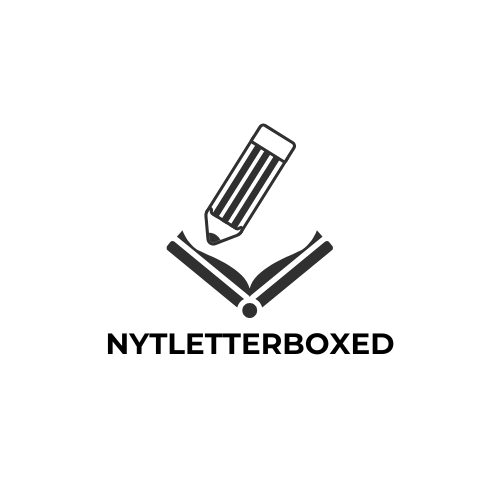
A Comprehensive Guide: Generally The Purpose of Scientific and Technical Writing is to Share Knowledge
As a technical writer with over a decade of experience, I’ve seen firsthand how scientific and technical writing serves as the backbone of knowledge transfer in our modern world. The primary purpose behind this specialized form of communication is to convey complex information clearly, accurately and objectively to specific audiences.
I’ve discovered that whether it’s documenting research findings, creating user manuals, or writing technical specifications, this type of writing focuses on presenting facts without ambiguity. Unlike creative writing, which aims to entertain or persuade, scientific and technical writing exists to inform and instruct. It’s a vital tool that helps bridge the gap between complex technical concepts and the people who need to understand them, from researchers and engineers to end-users and decision-makers.
Key Takeaways
- Scientific and technical writing primarily focuses on conveying complex information clearly, accurately, and objectively to specific audiences
- The core purpose includes documenting research findings, creating standardized documentation, and enabling knowledge transfer between experts and readers
- Key elements include precise language, structured formats, visual aids, and detailed methodologies to eliminate ambiguity
- Proper formatting, peer review processes, and adherence to established conventions help establish credibility and authority
- Technical documentation serves practical applications across research institutions, industries, and academic organizations through various document types
Generally The Purpose of Scientific and Technical Writing is to
Scientific and technical writing serves as a structured communication system for sharing specialized knowledge across professional domains.
Communicating Complex Information Clearly
Technical writing transforms complex concepts into accessible information through precise language and logical organization. I incorporate standardized terminology, mathematical formulas, visual aids (graphs, charts, diagrams) to present data effectively. My focus remains on eliminating ambiguity by using:
- Defined technical terms with consistent meanings
- Step-by-step procedural explanations
- Quantifiable measurements with specific units
- Organized hierarchical structures for information flow
- Visual representations of complex processes
- Detailed methodologies with exact specifications
- Raw data sets with statistical analyses
- Equipment configurations with model numbers
- Environmental conditions during testing
- Validation procedures with acceptance criteria
- Referenced standards or protocols
- Anomalies observed with corresponding explanations
| Documentation Element | Purpose |
|---|---|
| Methods Section | Enables experiment replication |
| Results Section | Presents analyzed data objectively |
| Discussion Section | Interprets findings in context |
| References | Credits source material |
| Appendices | Contains supplementary data |
Informing and Educating the Target Audience
 Scientific and technical writing establishes clear communication channels between experts and their intended readers through structured knowledge transfer. The content adapts to specific audience needs while maintaining technical accuracy and clarity.
Scientific and technical writing establishes clear communication channels between experts and their intended readers through structured knowledge transfer. The content adapts to specific audience needs while maintaining technical accuracy and clarity.
Academic Community Communication
Academic communication through scientific writing facilitates knowledge exchange among researchers, professors and students. I’ve observed that peer-reviewed journals publish articles with standardized formats, including abstracts, methodologies and results sections. Scientific papers enable researchers to:
- Share experimental findings with reproducible methods
- Present theoretical frameworks supported by empirical data
- Document research progress in specialized fields
- Build upon existing knowledge through citations
- Validate hypotheses through peer review processes
Industry Professional Knowledge Sharing
Technical writing in professional settings focuses on practical applications and operational procedures. I structure industry documentation into:
| Document Type | Primary Purpose | Target Audience |
|---|---|---|
| User Manuals | Product operation | End users |
| Technical Specs | System requirements | Engineers |
| White Papers | Technology solutions | Decision makers |
| Process Guides | Workflow instructions | Team members |
| Safety Protocols | Compliance procedures | Operators |
- Step-by-step instructions with visual aids
- Technical specifications with precise measurements
- Compliance requirements with regulatory standards
- Troubleshooting guides with common solutions
- Best practices with industry benchmarks
Building Upon Existing Research
Scientific and technical writing creates a foundation for advancing knowledge by systematically documenting research findings and connecting them to previous studies.
Literature Reviews and Citations
Literature reviews establish credibility by synthesizing existing research and identifying gaps in current knowledge. I reference primary sources from peer-reviewed journals databases including Web of Science PubMed JSTOR. Citations follow standardized formats (APA Chicago MLA) providing attribution to original authors through in-text citations bibliographies. A comprehensive literature review includes:
- Analyzing 30-50 relevant papers published within the past 5 years
- Identifying key theories methodologies findings from seminal works
- Evaluating contradicting results across multiple studies
- Documenting search criteria databases keywords used
- Creating citation matrices to track relationships between sources
- Present novel findings that address identified research gaps
- Validate or challenge existing theoretical frameworks
- Document experimental protocols for replication studies
- Share improved methodologies or analytical techniques
- Propose new models based on empirical evidence
- Report statistically significant results with p-values
- Connect findings to practical applications
| Research Impact Metrics | Average Values |
|---|---|
| Citation Count | 15-25 per paper |
| Journal Impact Factor | 2.5-3.5 |
| H-index | 12-15 |
| Time to Publication | 6-12 months |
Establishing Credibility and Authority
Credibility and authority in scientific and technical writing emerge from adherence to established conventions and rigorous validation processes. I demonstrate how proper formatting and peer review create trustworthy technical documentation.
Following Standard Formatting
Standard formatting in scientific and technical writing includes consistent citation styles, organized document structures, and standardized layouts. I use specific formatting elements:
- Page numbering in the header or footer
- Double-spacing with 1-inch margins
- APA, MLA, or Chicago citation style based on field requirements
- Properly formatted tables with numbered captions
- Sequential figure numbering with descriptive legends
- Headings hierarchy (H1, H2, H3) for clear organization
- Font specifications (Times New Roman 12pt or Arial 11pt)
- Initial Submission
- Manuscript preparation following journal guidelines
- Cover letter explaining research significance
- Supporting data and supplementary materials
- Editorial Assessment
- Technical compliance check
- Scope alignment verification
- Plagiarism detection screening
- Expert Review
- 2-3 subject matter experts evaluate
- Assessment of methodology
- Validation of results
- Verification of conclusions
| Review Criteria | Assessment Focus |
|---|---|
| Methodology | Research design validity |
| Results | Data accuracy & analysis |
| Discussion | Interpretation depth |
| References | Citation completeness |
| Writing | Clarity & organization |
Practical Applications in Science and Technology
Scientific and technical writing serves essential practical functions across research institutions, industries and academic organizations. These applications transform complex technical information into accessible knowledge for specific audiences.
Research Papers and Journal Articles
Research papers advance scientific knowledge through systematic documentation of experimental findings and theoretical frameworks. I structure research papers with standardized sections: abstract, introduction, methodology, results, discussion. Academic journals publish these papers after rigorous peer review to validate:
- Data collection methods
- Statistical analysis procedures
- Result interpretations
- Citation accuracy
- Writing clarity
| Publication Metrics | Average Values |
|---|---|
| Time to Publication | 6-9 months |
| Peer Review Rounds | 2-3 rounds |
| Citation Impact | 1-2 citations per year |
| Word Count Range | 3,000-8,000 words |
Technical Documentation and Reports
Technical documentation provides practical guidance for implementing technologies and processes in industry settings. I create documentation types including:
- Standard Operating Procedures (SOPs) with step-by-step instructions
- Equipment manuals detailing maintenance protocols
- Safety guidelines outlining compliance requirements
- Process workflows mapping operational sequences
- Technical specifications listing product parameters
To make complex concepts easier to understand, many professionals now use tools like an AI presentation maker to create visually engaging slideshows that simplify technical information. These AI-powered tools help structure content, ensuring clarity and coherence for audiences with varying levels of expertise.
| Document Type | Primary Audience |
|---|---|
| User Manuals | End Users |
| Design Specs | Engineers |
| Safety Protocols | Operators |
| Test Reports | Quality Teams |
| White Papers | Decision Makers |
The documentation incorporates diagrams, flowcharts and structured formatting to enhance comprehension. Each document type follows industry-standard templates with consistent terminology, numbered procedures and clear headings.
Scientific and technical writing serves as the cornerstone of knowledge sharing in today’s complex world. I’ve seen firsthand how this specialized form of communication bridges gaps between experts and diverse audiences through clear organized documentation.
The systematic approach to documenting research methodologies validating findings and establishing credibility through peer review creates a robust foundation for advancing knowledge across fields. I believe that mastering these writing principles is essential for anyone looking to contribute meaningfully to scientific and technical discourse.
By following established conventions and focusing on clarity accuracy and accessibility we’ll continue to push the boundaries of human knowledge while ensuring that complex information remains comprehensible to those who need it most.
